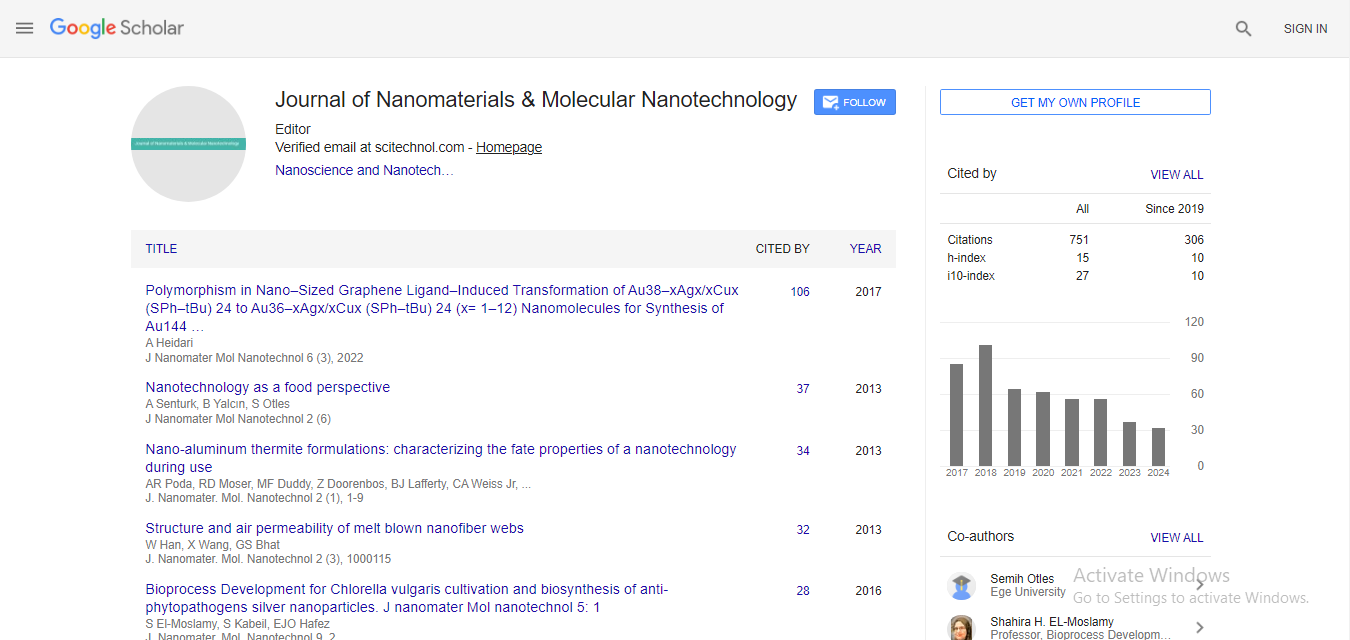A nanoscale shape-discovery framework supporting systematic investigations of shape-dependent biological effects
Wei Zhang
University College Dublin, Ireland
: J Nanomater Mol Nanotechnol
Abstract
Nowadays it becomes inevitable for human beings to be exposed to nanostructures with distinctive complex shapes. Gain more depth knowledge regarding the nanoscale shape features regulated biological pathways becomes imperative not only for safety purposes, but also for the design of better nanocarriers for medical treatments. One of the major barriers to figure out the link between nanoscale shape ensembles and biology is the difficulty to “identify” these irregular nano-shapes. For example, with the ever-expanding universe of nanoscale shapes, names such as “nanoflowers” and “nanostars” no longer precisely describe or characterize the distinct nature of the particles. As a basic step to eliminate the barrier we need a quantitative statistical definition of nanoscale shape that can ensure complex shape ensembles are meaningfully reproduced and their properties communicated. Based on the above consideration, the work presented here aiming to set up a systematic framework (Figure 1) for (1) highly controlled synthesis (2) well defined identification and (3) systematically investigation of the biological effects of nanoscale shape ensembles. As shown in (Figure 2), based on a microfluidic synthesis platform we are able to achieve the tunable synthesis of nanoscale shapes and then combing traditional physiochemical characterization methods and computational shape analysis to identify each shape ensemble and finally investigate their biological impacts.
Biography
Wei Zhang has her expertise in nanostructures synthesis and bio-nanoscale recognition and interactions. Her nanoscale shape discovery framework enables the discovery of important biological and medical outcomes in nanoscale shape biology, which can be used to connect aspects of shape to cellular readouts and then in vivo. Her work sets the milestone in this arena and defines the procedures to be followed to produce robust science from the synthesis of nanoparticles to in vivo validation. The categorization of the particle shape in the space of the PCs is an effective tool that allows going quantitatively and reproducibly from the first to the last link of this chain.
 Spanish
Spanish  Chinese
Chinese  Russian
Russian  German
German  French
French  Japanese
Japanese  Portuguese
Portuguese  Hindi
Hindi 



